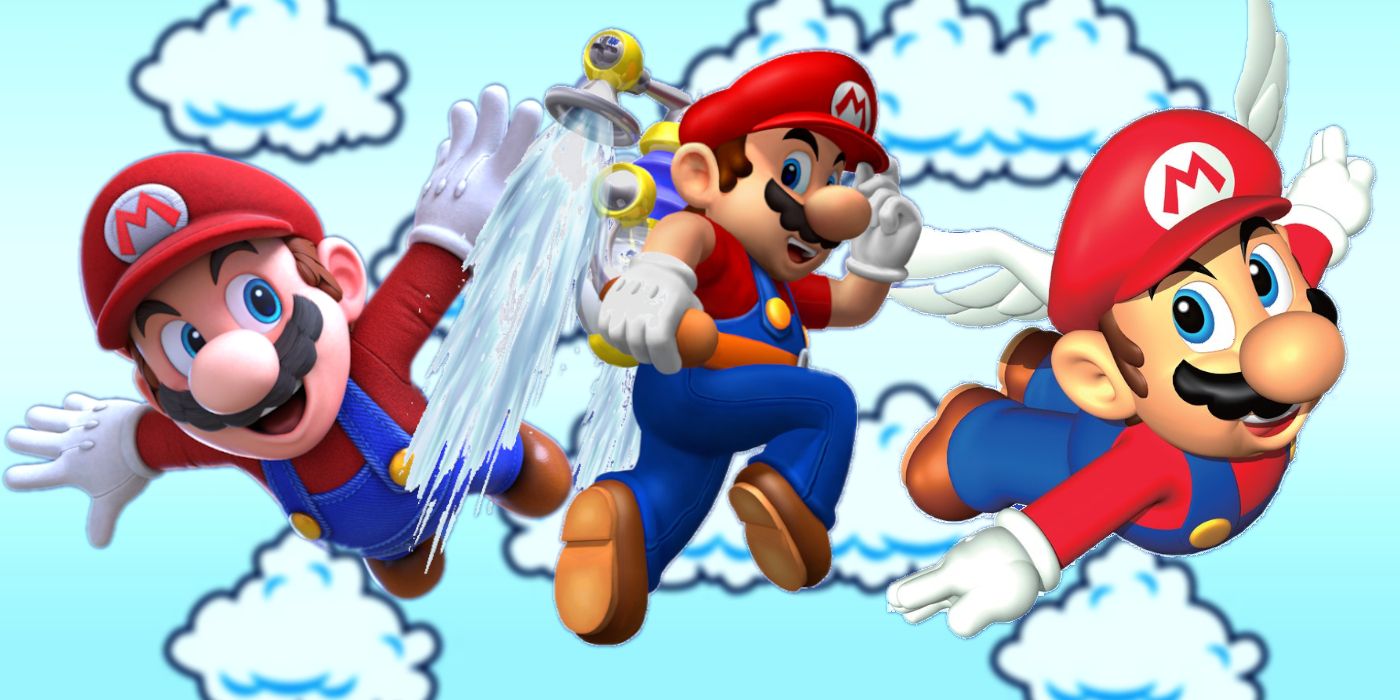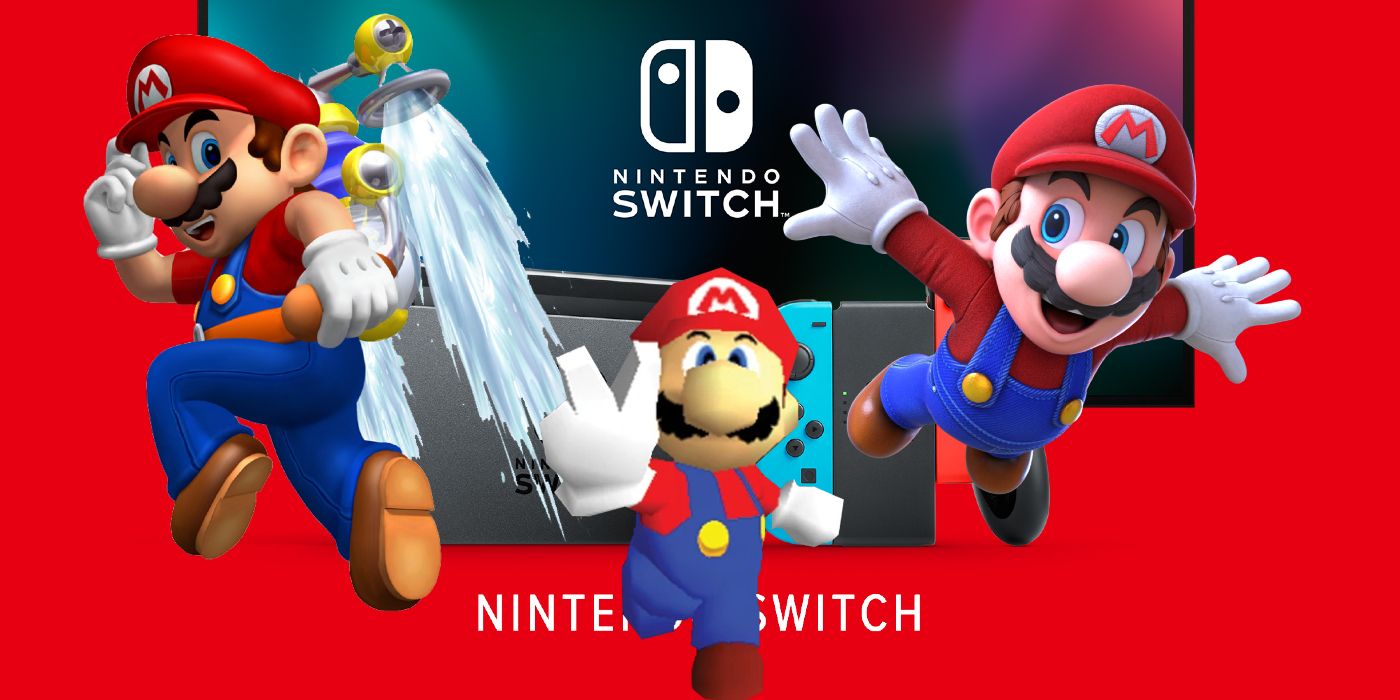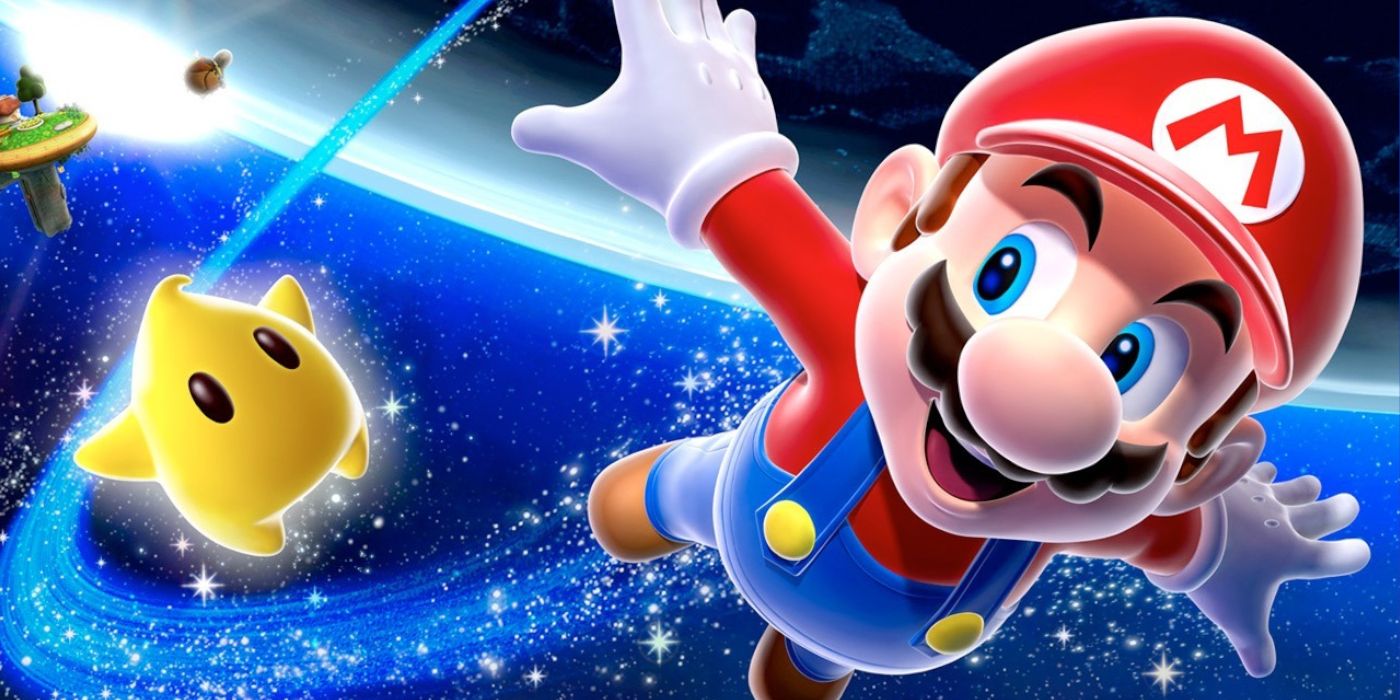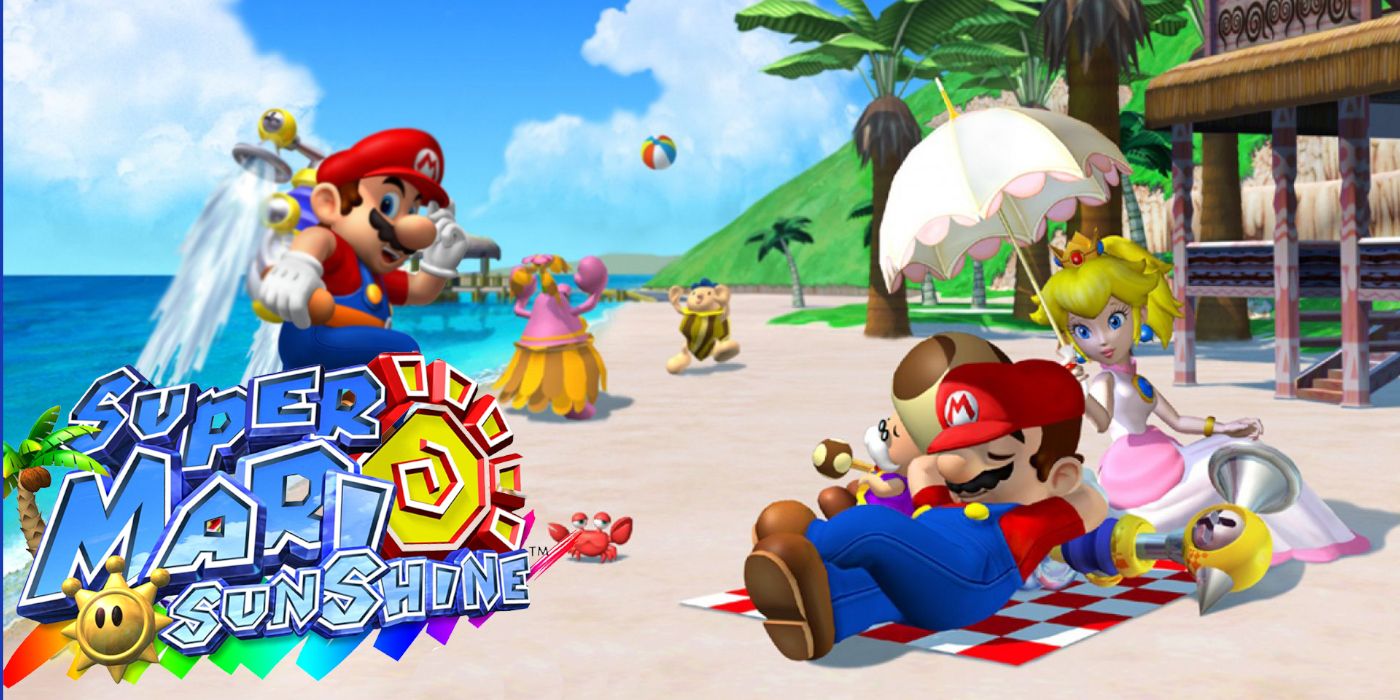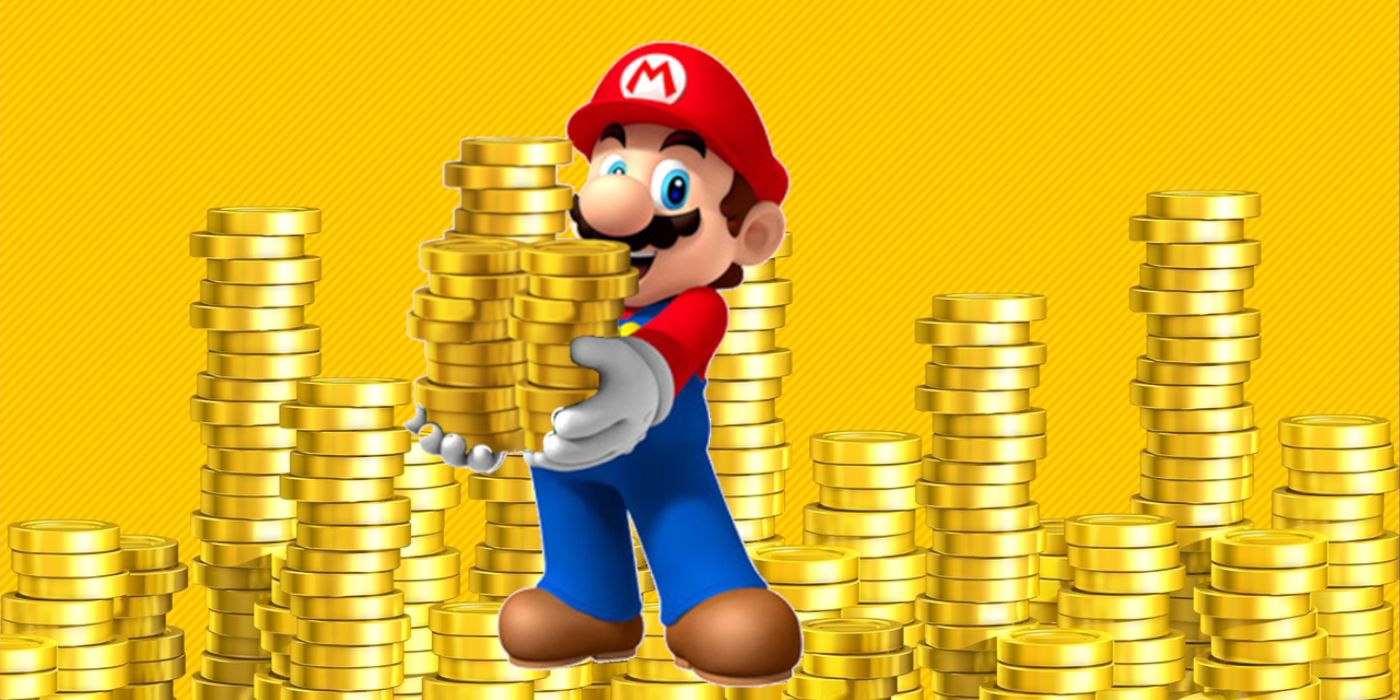A recently corroborated leak stated that the Nintendo Switch would be receiving various remasters of popular 3D Super Mario titles. The titles confirmed to be released later this year are Super Mario 64, Super Mario Sunshine, and Super Mario Galaxy. The leak stated that these titles would be remastered and released in celebration of 2020 being the Super Mario Brothers' 35th anniversary. However, all three of these games were originally released on now-outdated hardware, some of which had completely different gimmicky controls.
While there is already a large catalog of Mario games available to play on the Switch, some of which are from decades ago, Nintendo is planning to bring a whole lot more of Mario to the console. Some of the company's earlier games are even free to Nintendo Online subscribers, and there are even some Mario titles on the Switch from Nintendo's last generation which were ported over with no problems.
However, none of the Super Mario titles currently on the Nintendo Switch claim to be remastered, and none of them pose technical challenges like the titles planned to release later this year. Nintendo has some serious reworking of game mechanics to tackle if they are wanting these three Mario titles specifically to hold up to their original grandeur. Here are some of the issues Nintendo will have to fix or keep in mind in order to keep these Mario remasters from flopping.
Which engine(s) will the Mario remasters use?
One of the first questions to ask is what engine or engines will the Mario remasters run on. According to the leaks, the Mario games are remasters and not remakes. Usually, when a game is remastered it is given a fresh coat of paint in the form of new/updated graphics, maybe new content, or additional features. Rarely is a game remastered and given a new or upgraded engine, and that will likely have to be the case for the Mario titles.
However, Nintendo could theoretically use the same engine from Super Mario Odyssey to make these remasters. The base mechanics of all 3D Mario games are the same, and Odyssey already has plenty of visual resources the remasters could copy, which would cut down on production time. If the remasters do use Odyssey's engine, however, that could cause some serious game-breaking issues.
Ask any 3D Mario speedrunner and they will tell you that the movement in Mario games differs drastically from entry to entry. While the base mechanics and Mario's movement abilities are roughly the same from game to game, performing them in one game will give a different result in distance traveled than in another game. This may be an issue because games could theoretically become easier, and some puzzles or platforming obstacles would be no challenge at all or could even be skipped altogether. While likely something which Nintendo will surely take into account before release, each game does have its own unique set of other issues which could cause issues if not fixed.
Mario Galaxy's Wii Motion Controls
Super Mario Galaxy has the most glaring issues that will need to be solved before launching on the Switch. These are not just graphical errors or the woes of clunky 3D platforming mechanics. These are issues that if not fixed will render the game unplayable, namely, the outdated mechanics associated with the Wii's hardware. Galaxy released on the Nintendo Wii in 2007 and was received very well by critics because of its creative use of the Wii's gimmicky pointer and motion controls. While the Switch does technically have motion controls, it does not have a pointer. Galaxy heavily used the Wii's motion controls and pointer, with both of them being key elements of traversing levels.
The use of the pointer is where Nintendo will find their biggest issues. For the most part, the pointer was used to collect star bits floating on the screen, which would later have to be shot at Lumas using the pointer. These are simple fixe,s as players can manually collect star bits and can also feed Lumas using the Joystick. However, where the pointer is really needed were in the specific galaxies where Mario was required to use it to drag himself around the level. These levels were tricky and required the player to react quickly with the Wii pointer while dodging obstacles. It perfectly used the mechanic and also just felt natural to point and click to where Mario needed to go. Performing these tasks with the joystick would be quite difficult.
Shaking the Joy-cons is not anything new to Switch players. In fact, Mario Odyssey gave the player the option to use motion controls, and speed-runners use motion controls in Odyssey as one of their main traversal mechanics. However, for casual players motion controls in Odyssey are optional, but in Galaxy they are mandatory. On top of that, there are certain galaxies which will be made much easier by having the player control Mario's movements with a joystick instead of balancing the Wii remote and tilting it side to side.
Mario Sunshine's Outdated Camera
Super Mario Sunshine introduced Mario's aquatic companion, Fludd. He was a specialized water hose strapped to Mario's back that served as the main traversal gimmick throughout the game. However, players returning to Sunshine after many years away may be turned off by the inverted aiming controls which come with Fludd, as well as the obsessive brightness of the game.
Pressing upwards to aim downwards is something many players have problems with, and that's why it's usually either an option in the controls menu or reserved for pilot simulators. Nevertheless, players are forced to use these outdated mechanics when shooting water out of Fludd's mouth. This is no fault to Nintendo, as every popular shooter of that time used similar mechanics, and it can only be assumed that they wanted players to feel comfortable aiming a water gun at big muddy flower. However, Nintendo will need to include an option to turn off inverted controls, lest they risk alienating a wider section of their audience.
The Price of Mario's Remasters
There aren't too many things wrong with Mario 64. The game was a marvelous achievement of design for its time and still holds up. It has also been remastered before, for the Nintendo DS, and it discludes any gimmicky mechanics that can be found in titles like Galaxy and Sunshine. The only fix Super Mario 64 would need are better, more fluid camera controls and the inclusion of the ability to play as Yoshi.
The biggest question on everyone's mind is, how much are these new Mario remasters going to cost? Previously, ports of these games on the Wii and Wii U were at most $20 each. This seems like a reasonable price for a port, but recent remasters released on the Switch have cost upwards of $60, which is the cost of a brand new AAA release. Will Nintendo release all three games as a $60 bundle, or will they release each game for $60? Will they be free to play for Nintendo Online subscribers?
Whatever the price for these new Mario remasters will be, it's safe to say Nintendo will make a profit on nostalgia alone. However, it would be nice if players did not have to shell out $180 to play games they could play for $60 on a cheaper system. Nevertheless, Nintendo has a plan and players can be certain to expect only the best from the mustachioed plumber hero.

